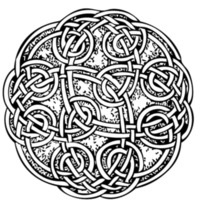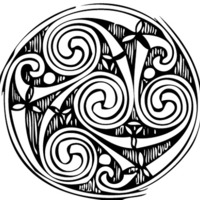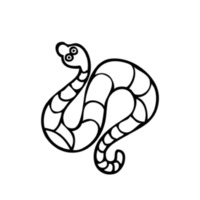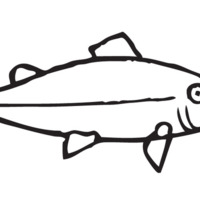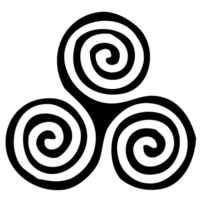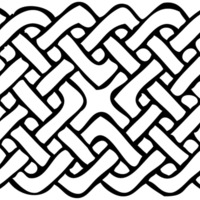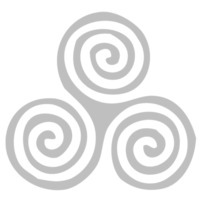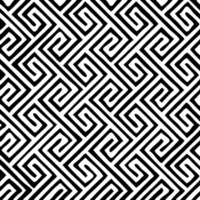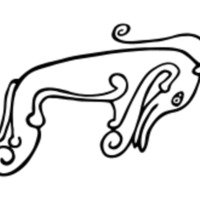Browse Items (26 total)
- Tags: Pictish Symbols
Sort by:
Interlace
According to artist George Bain, Religion and Pagan laws had the greatest influence on the art form of Celtic knots, playing an important role in there design.
The interlacing of human form and Celtic knots evolved from laws forbidding drawing…
The interlacing of human form and Celtic knots evolved from laws forbidding drawing…
Tags: George Bain, Groam House, Pictish Symbols
Spirals
The noble spirals of Aberlemno, Shandwick, Tarbat, Hilton of Cadboll, Nigg the Tara Brooch, and the Ardagh chalice led the way to the great art of the scribes, who produced the supreme masterpieces of the world’s decoration of books, profusely…
Tags: George Bain, Groam House, Pictish Symbols
Snake
The serpent or snake, is thought to be a symbol of medicine and healing, although this is unknown.
The snake symbol can also be found with a Z-rod through it.
The snake symbol can also be found with a Z-rod through it.
Tags: Pictish Symbols
Fish
The fish symbol is also known as the Salmon, it may be symbolic of wisdom and prophecy.
Salmon figure prominently in Celtic mythological tales, they often inhabited the sacred wells, feeding on the fruits (often, hazelnuts) of the tree of life.
Salmon figure prominently in Celtic mythological tales, they often inhabited the sacred wells, feeding on the fruits (often, hazelnuts) of the tree of life.
Tags: Pictish Symbols
Knot-work
Tags: Pictish Symbols
Key Pattern
Key Patterns (repeated vertical and horizontal lines).
Know here as the Key Pattern, or a meander or meandros (Greek: Μαίανδρος) it is a decorative border constructed from a continuous line, shaped into a repeated motif. Such a design is also…
Know here as the Key Pattern, or a meander or meandros (Greek: Μαίανδρος) it is a decorative border constructed from a continuous line, shaped into a repeated motif. Such a design is also…
Tags: Pictish Symbols
The Pictish Beast
The most common animal symbol of all is the Pictish Beast.
The Pictish Beast (sometimes Pictish Dragon or Pictish Elephant) is an artistic representation of an animal depicted on Pictish symbol stones. It is not easily identifiable with any real…
The Pictish Beast (sometimes Pictish Dragon or Pictish Elephant) is an artistic representation of an animal depicted on Pictish symbol stones. It is not easily identifiable with any real…
Tags: Pictish Symbols
Horse
The horse was a tremendously important animal to the Celtic tribes, and its domestication transformed the Celtic culture Horses were used for meat and milk and provided labor for farming and transportation, making for huge advances in hunting and…
Tags: Pictish Symbols
